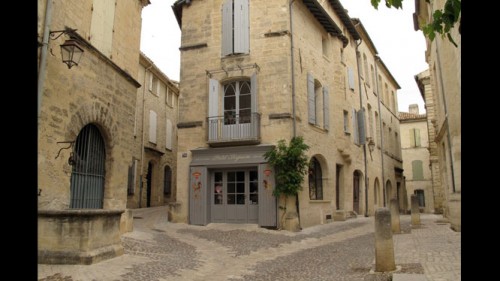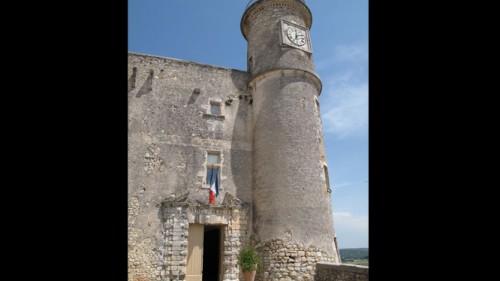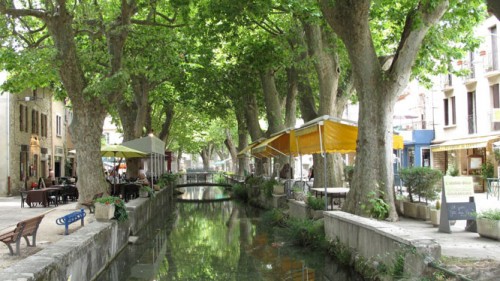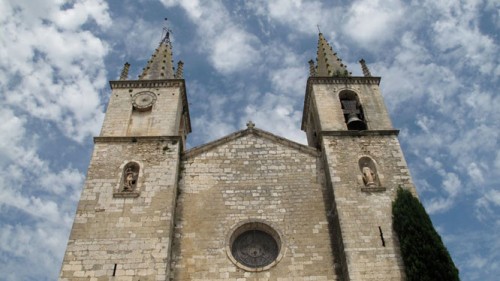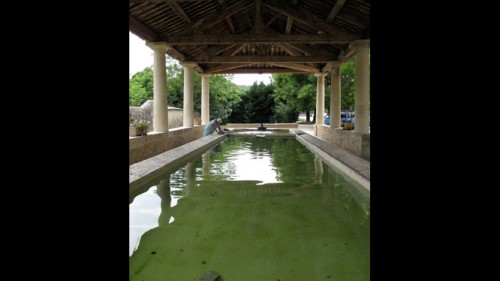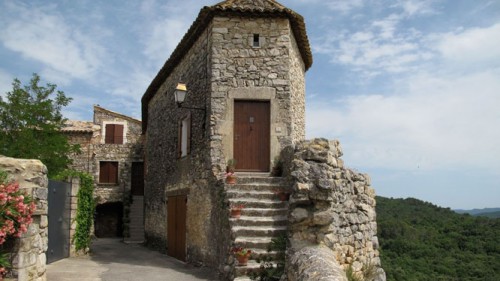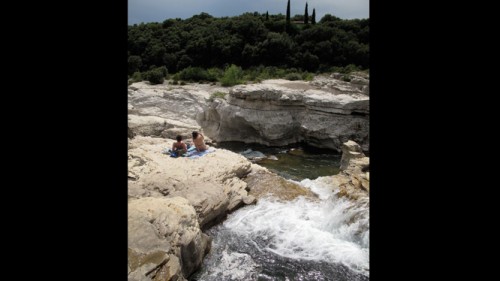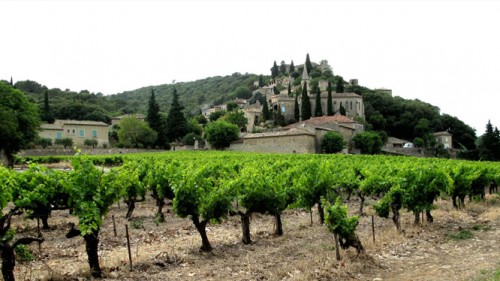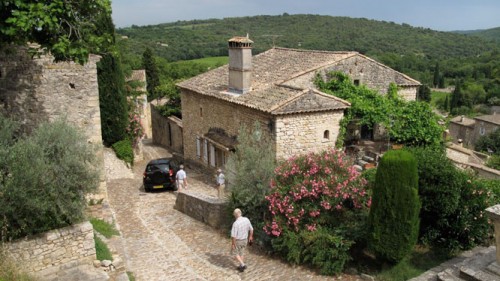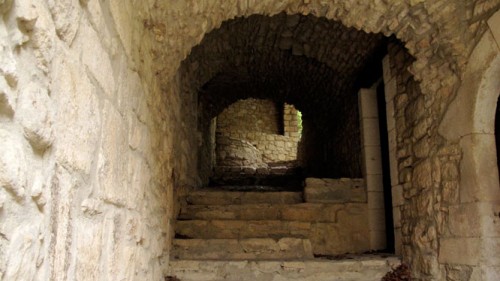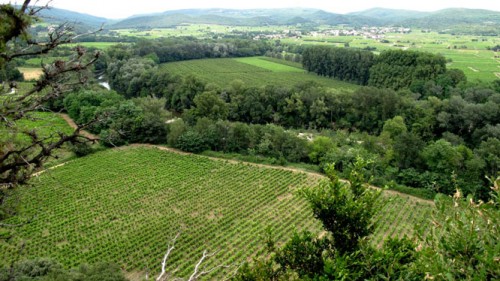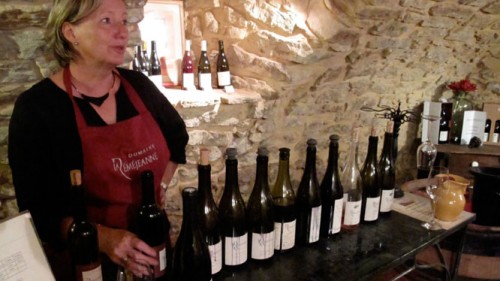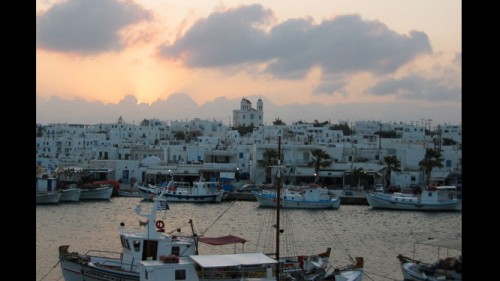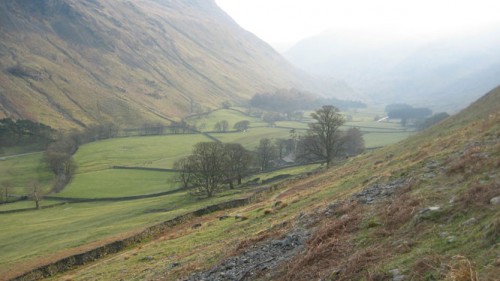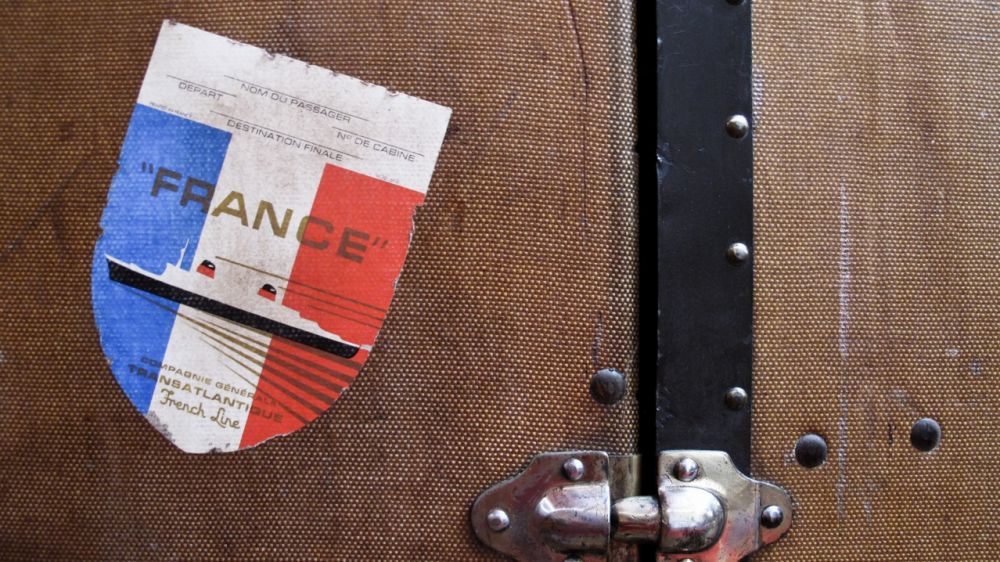Where Provence Meets the Languedoc
There are rich pickings in the countryside north of Uzès, where Provence meets the Languedoc, and combines the best of both.
Villages, vineyards and views; lavender fields, rivers and mountains; cafés, restaurants and chambres d’hôtes… It’s almost an archetypically French mini-region, of which there are so many to explore, and which are always so hard to name correctly. Here, south of the Ardèche river and north of the Gard, is where Provence to the east meets the Languedoc to the west, the upland Massif meets the wide Rhône valley, and the gentle mediterranean countryside of Provence begins to take on the wilder more rugged feel of the Cévennes and the Causses.
Draw a rough triangle between Bagnols-sur-Cèze, Uzès and Barjac, and you’ve got a collection of villages of outstanding beauty, with barely any sign of the 20th century. Or the 17th through 19th, come to think of it. Some of the towns are hilltop, teetering fortified affairs; others line the rivers and enjoy wide alleys of plane trees and spacious central places where you can drink too much pastis and fall asleep on a bench. Uzès itself is amazingly beautiful, if a little gentrified and over-full of restaurants and shops selling ‘produits de la région’. You’d be hard pressed to find a stone out of place in what has to be a contender for the most lovingly-restored town in France. Here the main industry is clearly tourism, which this close to Provence means selling lavender and baskets and lunch. Personally I find it gets a little boring spending too long in a place that exists simply for the sake of being visited, but you still shouldn’t miss it altogether. Make sure you explore beyond the town, and you’ll find an area enriched by a small but healthy wine industry producing good Côtes du Rhone AOC wines, and providing those that live here with both another source of income than tourism and the sense of identity that comes with it.
The area is dominated by a 600 m mountain called Bouquet, as well as a ridgeway called Les Concluses. Around them wind streams, and rivers and twisting roads connect hilltop villages built like termite mounds – all archways, narrow streets and buttresses to stop them falling in on each other or tumbling off the cliff. The countryside is scrub forest up high, and vineyards and orchards down low, and the land slopes down to the river Cèze, where great little swim-spots abound. There’s a 10 km or so stretch of the river with no paved road alongside, east of Tharaux, which you can walk or bike along; take your pick of pebbly beaches to lie on and cliffs to jump off. The water is clear and clean.
Next to the village of La Roque-sur-Cèze is a series of waterfalls called Les Cascades du Sautadet, where every year a few reckless bathers meet their doom. It’s well worth checking out, though, and in the summer months when the water’s low, it is full of little pools and eddies for swimming in.
Top your exploration off with a day in the vineyards with the wine-maker at the Domaine La Réméjeanne; every Thursday, the domaine offers a guided walk through the vineyards and the cellars, followed by a lunch and tasting – all for 15 EUR a head.
There are lots of chambres d’hôtes and gîtes in the area. Get the Guide de Charme and leaf through. Otherwise, try La Vieille Fontaine in the tiny village of Cornille or Le Chateau de Montcaud near Bagnols, for a bit more luxury.
